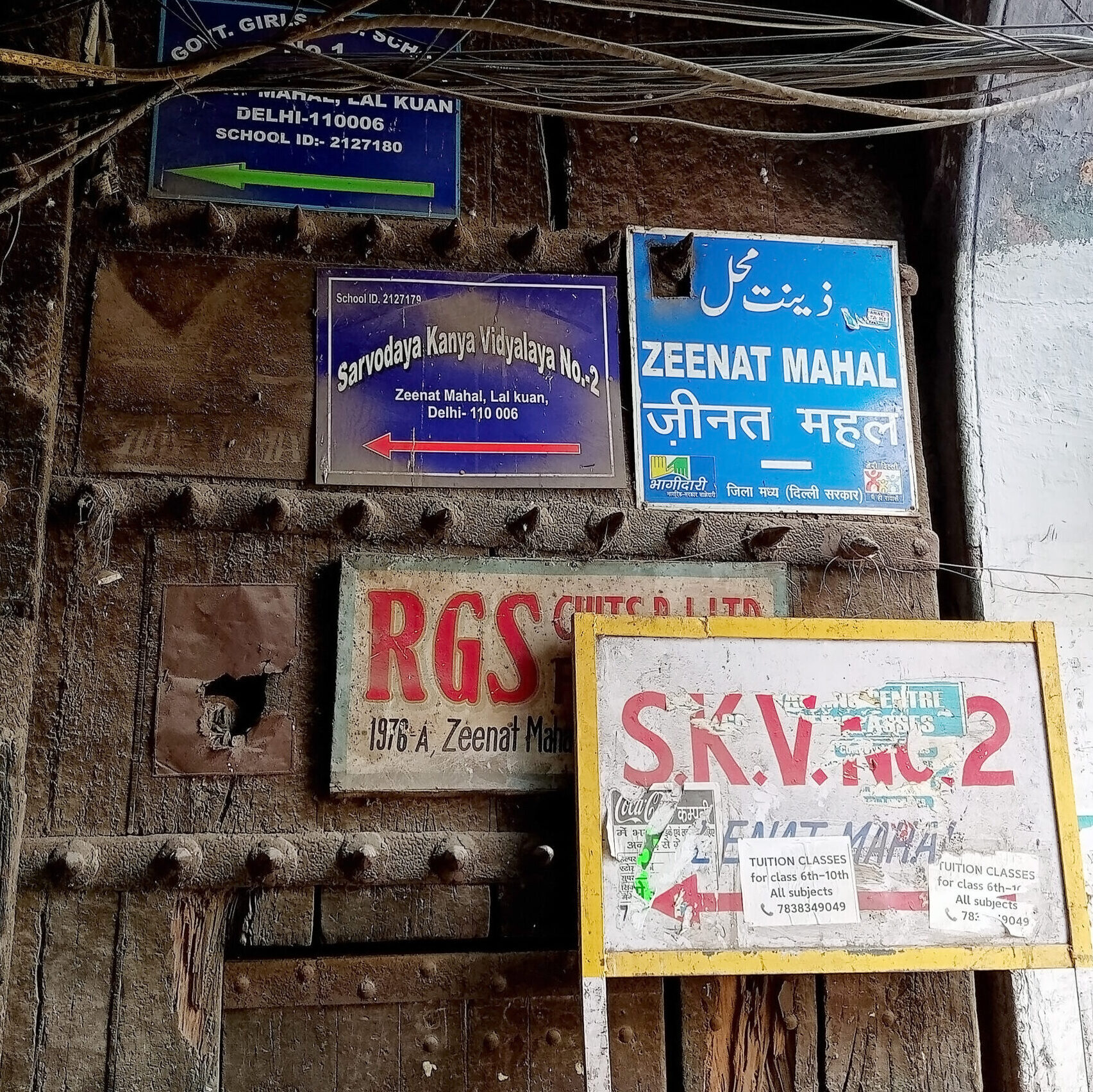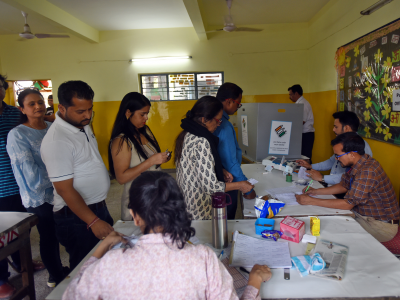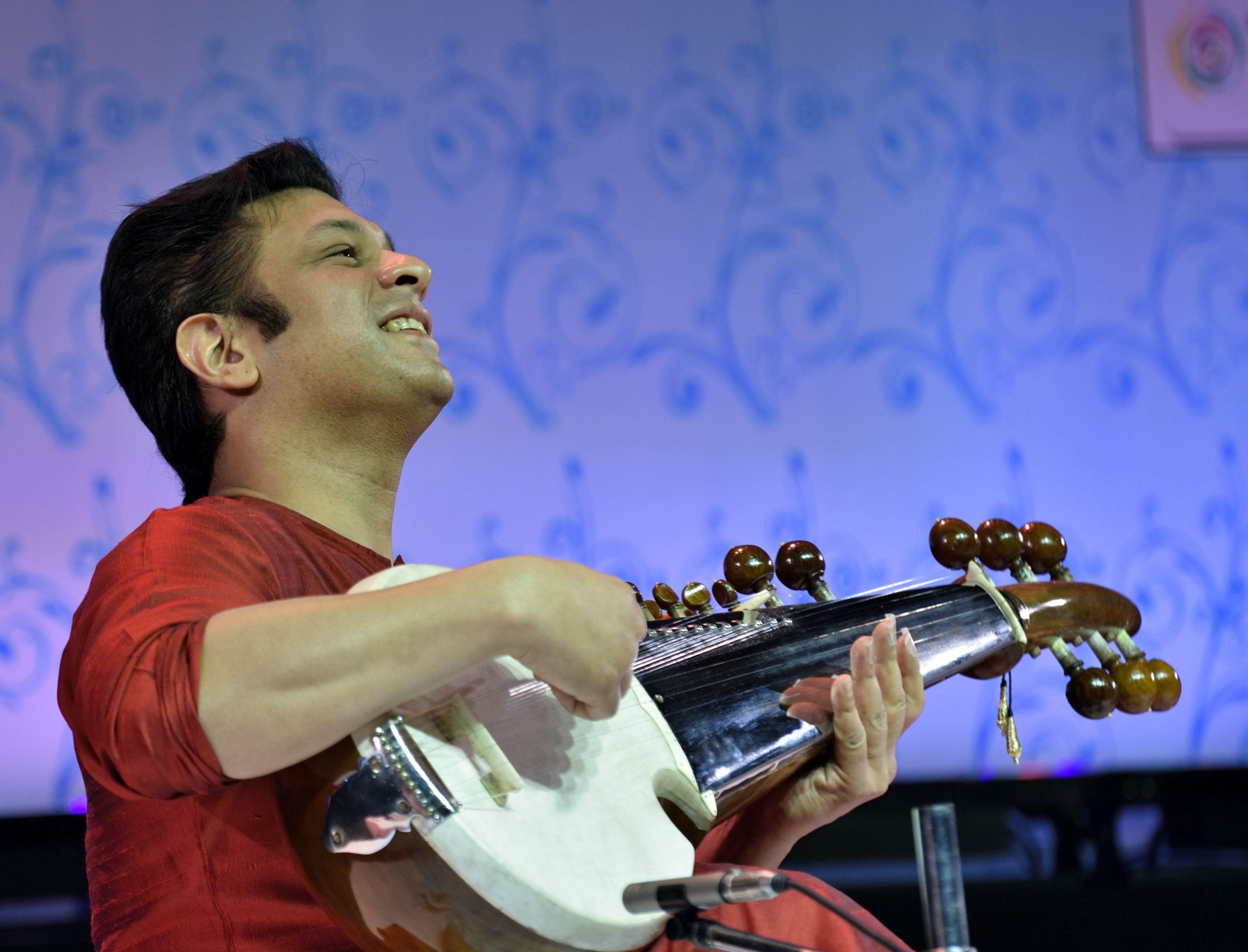Sarvodaya Kanya Vidyalaya, Lal Kuan – or Zeenat Mahal School, as it is called locally – stands as a living memory of the ill-fated last empress of Delhi. Now Delhi Food and Civil Supplies Minister and AAP MLA from Ballimaran, Imran Hussain, plans to coat it in a new glory.
On 9 June, Hussain directed officials to expedite the construction of 60 new classrooms in addition to the existing 35 rooms at the Zeenat Mahal School, along with orders to strengthen the education system through smart classrooms, multi-purpose halls and modern sports facilities.
Constructed in 1846 on the orders of the beloved wife of Bahadur Shah Zafar, stood a beautiful palace: Haveli Zeenat Mahal. As narrated by Basheeruddin Ahmad Dehlawi in his book Waqeyat-e-Dar-ul-Hukumat-e-Dehli, it was spread over a large 4-acre plot with fountains, huge cellars and arched rooms.
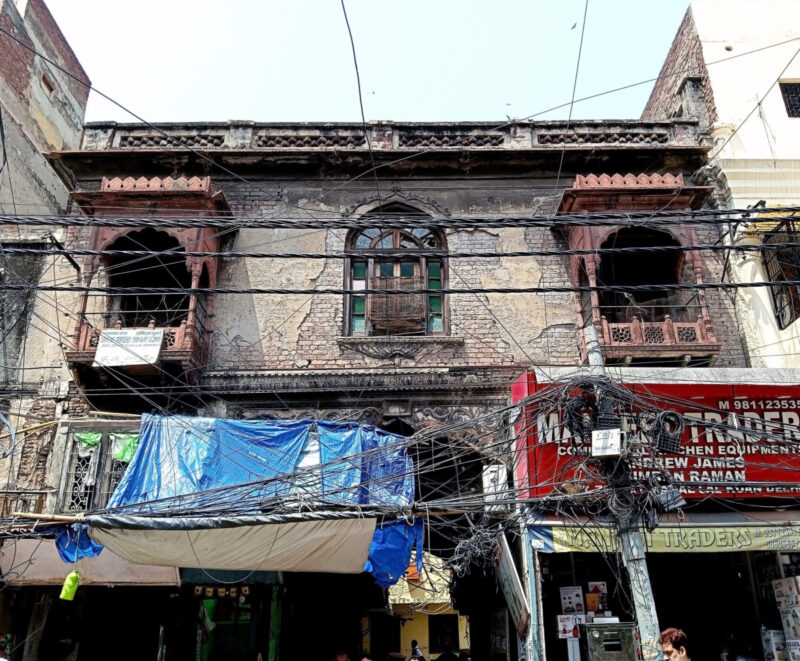
The palace later served as one of the many quarters owned by the Maharaja of Patiala. That was after the empress famously accompanied the emperor to exile in Rangoon.
Bahadur Shah Zafar’s couplet remains a reminder of the palace’s grandeur;
Kard aye ‘zafar’, zeenat mahal tameer qasr e be badal
Shud bar mahal saal e bena een khana e zeenat mahal
(Zeenat Mahal has built a palace unique and incomparable, O Zafar!
It becomes a must to say that this palace is most graceful of all palaces).
The palace was sold to the government after independence and the land was acquired by the Directorate of Education around 1964. The historical building was completely demolished in the 1970s except the main entrance, and now stands the Sarvodaya Kanya Vidyalaya where once stood a beautiful palace.
It is said that the school was initially started by the British government in the early 1900s as the Girls’ Senior Secondary School but was later closed after the partition of India. The same school was reopened by the name of Sarvodaya Kanya Vidyalaya and exists till date.
Ayaz, a local juice seller, told Patriot, ‘They just don’t care about it. Within a kilometre, the whole of Chandi Chowk was revamped. Why didn’t they spend a few thousand rupees for the repair of a single gate?’
With more than 1,100 students, Sarvodaya Kanya Vidyala is one of the largest Urdu medium schools in Delhi, carrying on the legacy of both Bahadur Shah Zafar — a luminous Urdu poet – and the queen of Shahjahanabad. You still see their portraits in the Principal’s office.
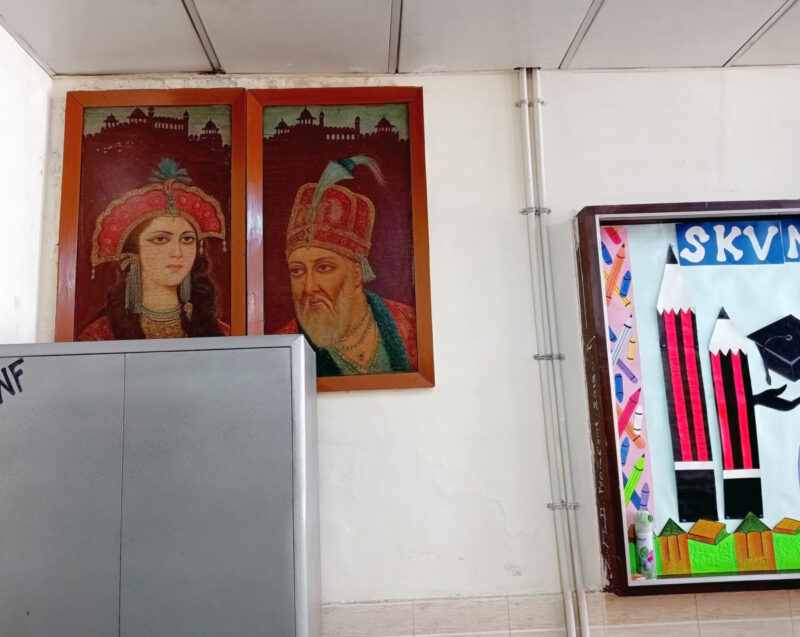
“Like Rani Lakshmi Bai, Begum Zeenat Mahal was known for being courageous and headstrong, making her way through all ups and downs of a troubled period – and that’s what we want our girls to be”, said one of the teachers under condition of anonymity.
“Most of the girls studying in our school belong to working-class neighbourhoods, with their parents working as labourers, shopkeepers and vendors largely in the Lal Kuan Bazaar or the nearby Khari Baoli, and are mostly from very conservative households”, she continued.
The school has seen huge progress in terms of attendance and admissions in the last 5-8 years, but locals feel that a lot still needs to be done. “Most of the girls have never ventured out of the Old Delhi area, till date”, added another teacher who is a resident of Lal Kuan Bazaar, sitting in one of the empty classrooms. There is no sign of progress on the Minister’s proposal, as all plans are on paper till now.
The construction of 60 new rooms, smart classrooms, modern sports facilities et al sounds good in speeches, but is still far from reality. Even the school authorities have not been officially informed about any of the statements by the MLA.
“Being one of the few Urdu medium schools in Delhi, a special focus should have been upon the language, which is going down the drain. Urdu has just been limited to a subject – for which no one is least bothered’, she concludes.
As one walks out of the beautifully decorated school corridors and reaches the main entrance through the narrow, encroached lanes, it won’t be wrong to say that one stands right between a forgotten past and a promising future.
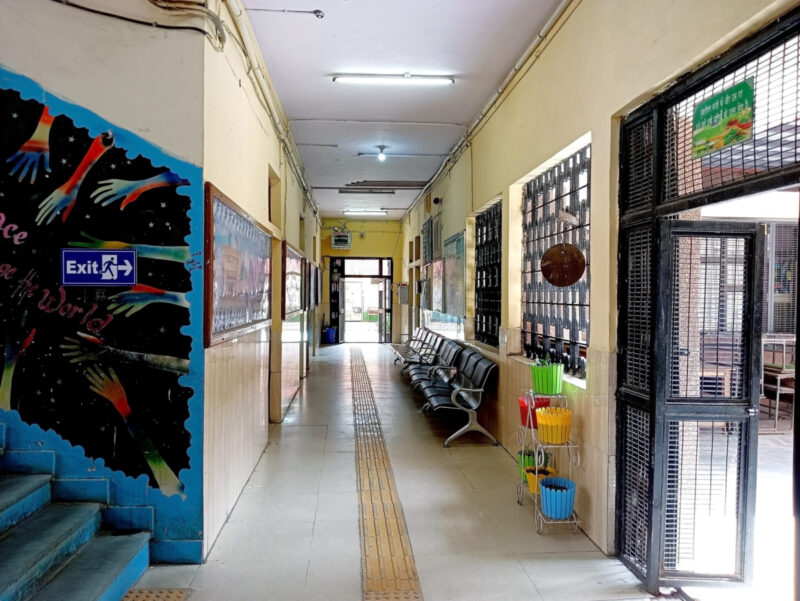
One expert disappointed by the lack of promotion of Urdu is Rushaid Jaffery, an independent researcher documenting the ignored monuments of the later Mughal period. “Interestingly, Urdu lies deliberately ignored by both state and the central governments,” he said.
The school in the name of Begum Zeenat Mahal on the very spot where her palace stood should have been a reminder of her contribution to the struggle for independence, said Dr Farhat Nadir Rizvi, former guest faculty at Khwaja Moinuddin Chishti Language University.
“She stands as a tall feminist icon in Indian history, in fact, an inspiration for the young girls of Delhi,” she says eloquently. “There should have been scholarships in her name, halls and libraries dedicated to her and a day of remembrance. This would not just connect them with their heroic past, but will make them a true patriot and heir to Zeenat Mahal’s legacy.”
No wonder, Rizvi welcomes Hussain’s initiative and believes that this might be a turning point in the timeline of girl’s education in Delhi. “But a lot of things are yet to be focused upon and enforced”, she concludes.
Remnants of the past are a reminder to conserve whatever we have. The doorway to the haveli, swamped by encroachments, is now the entry point to an unplanned colony. Hopefully, the long neglect by the ASI as well as the authorities will now come to an end.
For more stories that cover the ongoings of Delhi NCR, follow us on:
Instagram: https://www.instagram.com/thepatriot_in/
Twitter: https://twitter.com/Patriot_Delhi
Facebook: https://www.facebook.com/Thepatriotnewsindia

